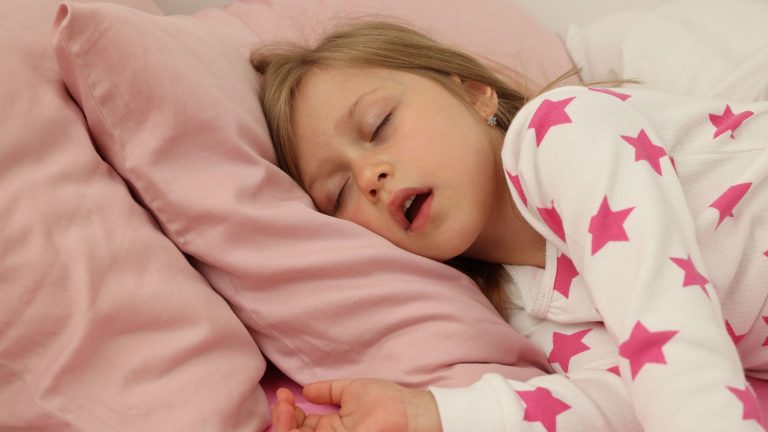Mouth breathing in children is a concern that often goes unnoticed but can have significant implications on a child’s overall health, development, and quality of life. Understanding the causes, identifying preventive measures, and recognizing the problems associated with mouth breathing are crucial steps for parents and caregivers. This comprehensive guide aims to shed light on this important issue, offering insights and solutions.
Causes of Mouth Breathing
Several factors can contribute to mouth breathing in children, each warranting attention and care:
- Nasal Obstruction: Blocked nasal passages are a primary culprit. Allergies, sinus infections, and anatomical issues like enlarged adenoids or a deviated septum can obstruct airflow, forcing children to resort to mouth breathing.
- Habitual Breathing Pattern: Some children develop a habit of mouth breathing due to chronic nasal congestion or as a preference during physical activities.
- Enlarged Tonsils: Another anatomical challenge, enlarged tonsils, can block the airway, making nasal breathing difficult and leading children to breathe through their mouths.
How to Avoid Mouth Breathing
Preventing mouth breathing involves addressing its root causes and encouraging healthy habits:
- Address Nasal Congestion: Treating underlying conditions such as allergies or sinus infections can help clear nasal passages and promote nasal breathing.
- Encourage Nasal Breathing: Teaching children the importance of nasal breathing through exercises and promoting good breathing habits can change their default breathing patterns.
- Maintain Proper Posture: Good posture opens the airway. Encourage children to sit and stand straight, which can naturally facilitate nasal breathing.
Problems Associated with Mouth Breathing
The implications of mouth breathing extend beyond mere discomfort, affecting various aspects of a child’s health and development:
- Dental Issues: Mouth breathing can cause dry mouth, increasing the risk of tooth decay and gum disease. It may also lead to malocclusion, where the teeth don’t align properly.
- Facial Growth Abnormalities: Chronic mouth breathing can influence the development of facial structures, potentially leading to long-term aesthetic and functional issues.
- Sleep Disruptions: Breathing through the mouth during sleep can cause snoring, sleep apnea, and result in poor sleep quality, leading to daytime fatigue and concentration difficulties.
- Speech and Language Development: Prolonged mouth breathing can impact the development of speech and language skills, potentially causing articulation issues and oral motor skill difficulties.
- Behavioral and Cognitive Impact: The disruptions in sleep and decreased oxygenation to the brain associated with mouth breathing may contribute to behavioral issues, attention deficits, and cognitive impairments.
Seeking Treatment
If you notice signs of mouth breathing in your child, it is vital to seek professional advice. A consultation with a pediatrician or an ENT specialist can provide a thorough evaluation and appropriate treatment options. Early intervention is key to preventing long-term complications and ensuring healthy development.
Promoting Healthy Breathing Habits
Fostering healthy breathing habits in children is an ongoing process that requires awareness and consistency:
- Practice Good Breathing: Encourage children to breathe through their noses by engaging in nasal breathing exercises and being mindful of their breathing patterns.
- Good Posture: Remind children to maintain proper posture, especially during activities that may predispose them to mouth breathing.
- Seek Medical Attention Promptly: Addressing nasal congestion or anatomical issues early can prevent the establishment of mouth breathing habits.
Conclusion
Mouth breathing in children is a multifaceted issue with potential long-term consequences on their dental health, facial development, sleep quality, and cognitive functions. By understanding its causes, taking proactive steps to prevent it, and addressing any underlying health issues, parents and caregivers can play a pivotal role in ensuring their children develop healthy breathing habits. Through early intervention and promoting a holistic approach to wellness, children can enjoy a higher quality of life and optimal development.



